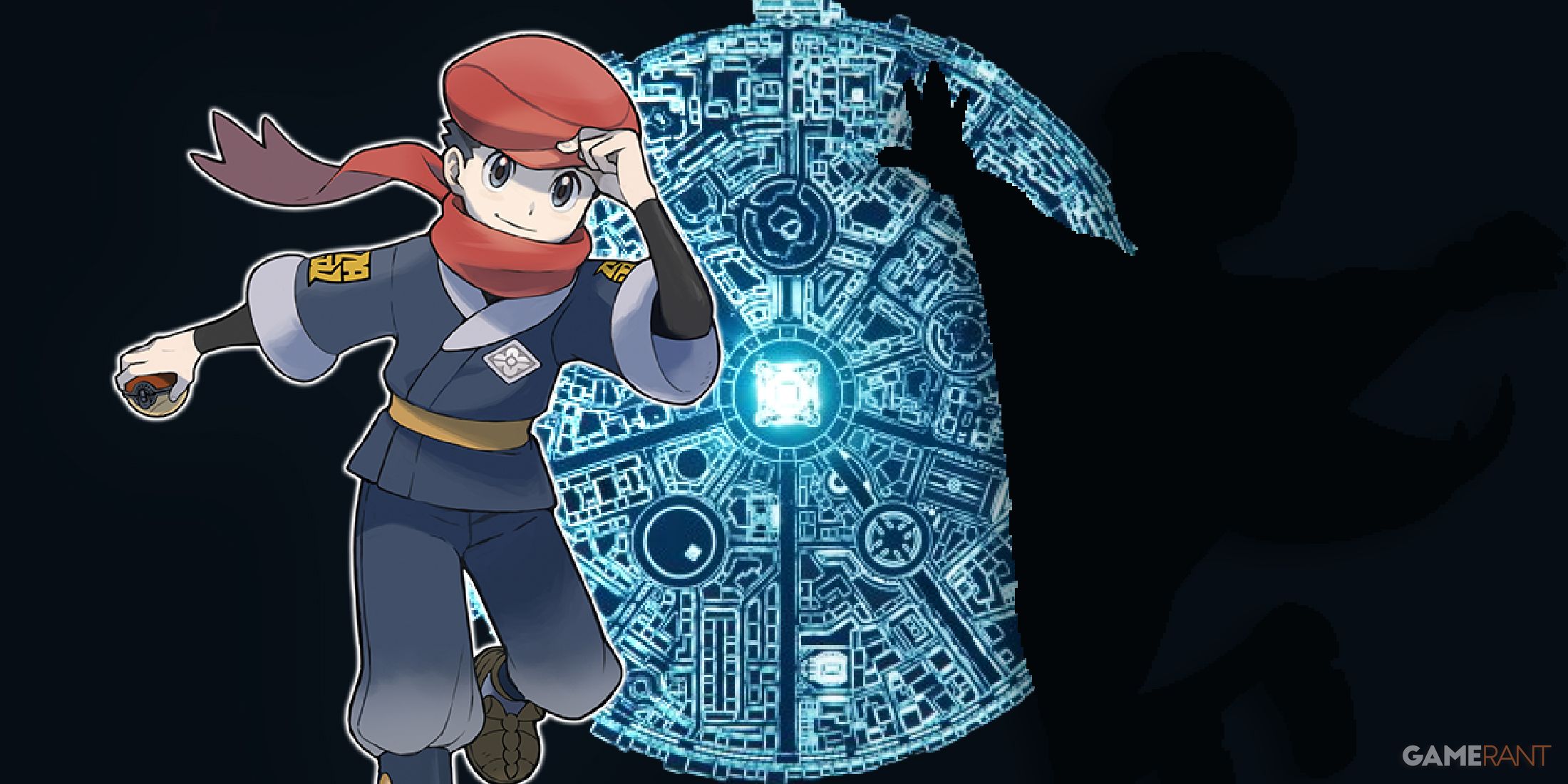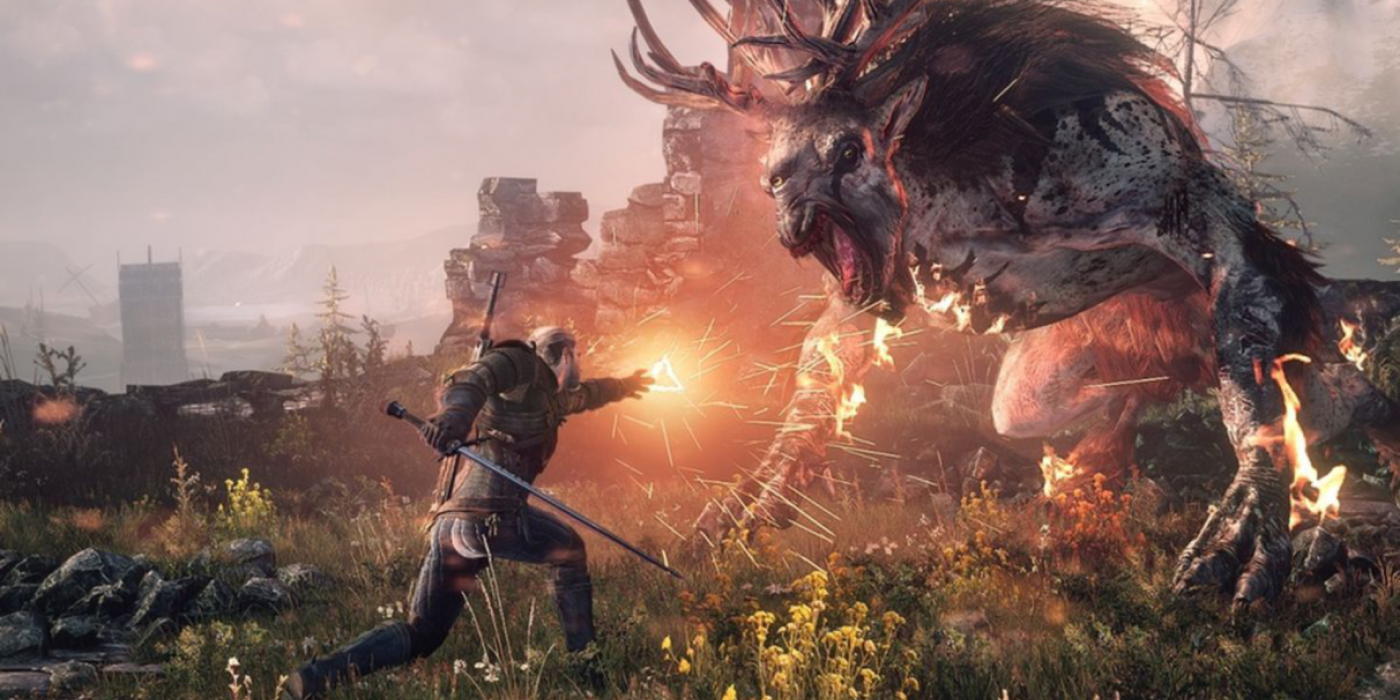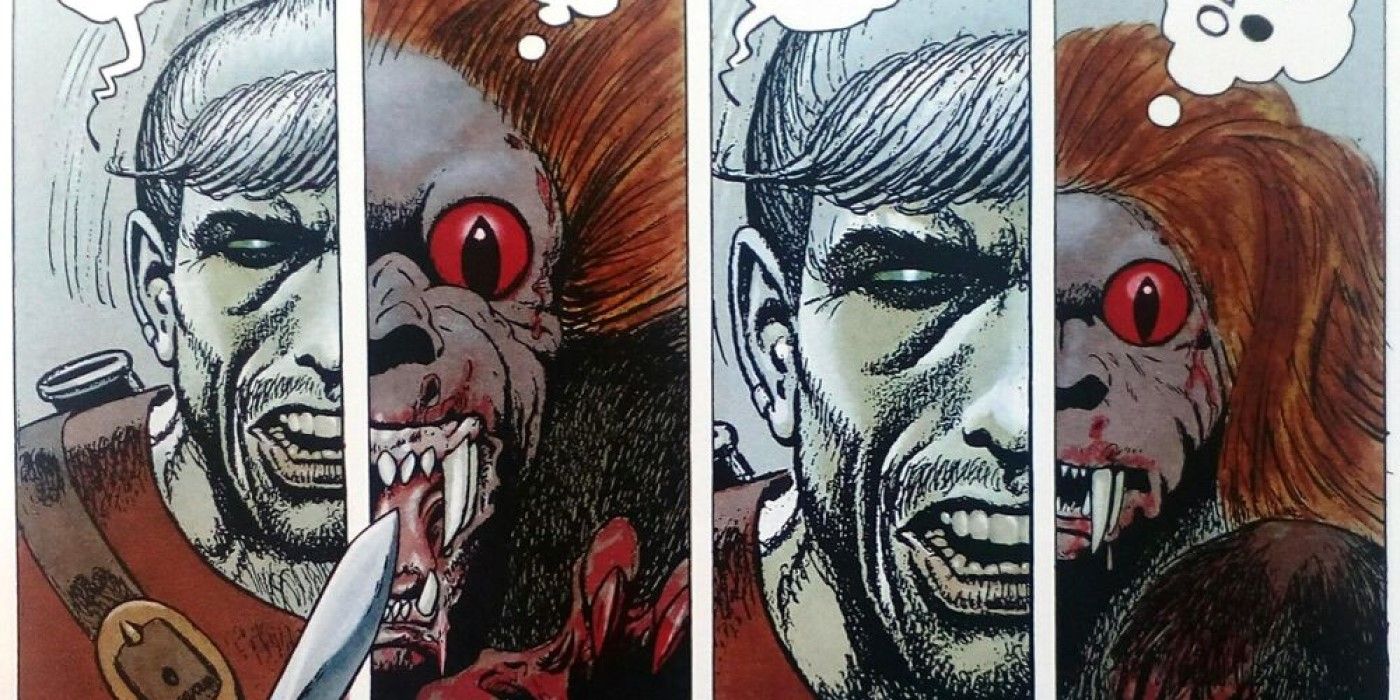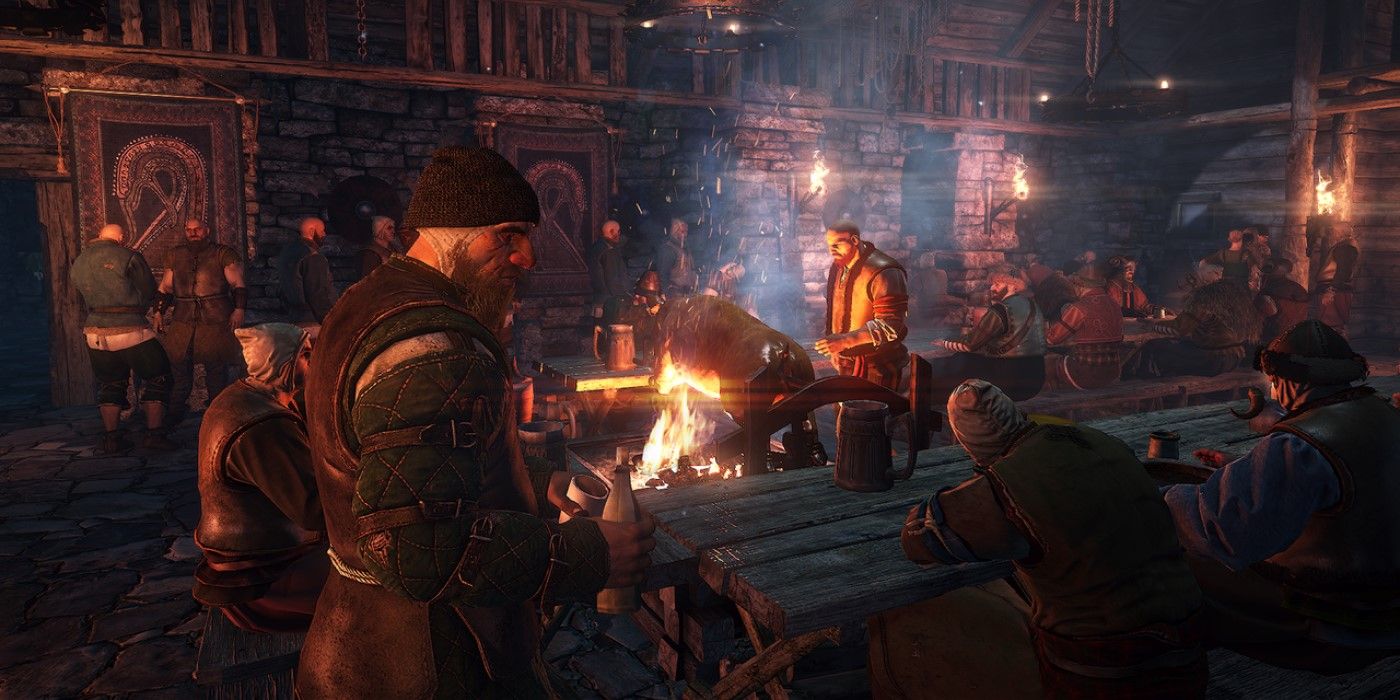The Witcher franchise is rapidly expanding, with a new game all but confirmed by CD Projekt Red, an animated film, and two new Netflix series on the way. All of these adaptations are based on the dark-fantasy novels from Polish writer Andrzej Sapkowski, which were first published in 1986. While CDPR's Witcher games can be credited with catapulting the universe into the mainstream, they only touch a fraction of the lore from the books.
One of the aspects of the Witcher universe that hasn't been fully explored in the games is magic. In particular, the unique, low-key magic used by Witchers themselves. These Signs are always accompanied by some kind of gesture, or by drawing a rune-like mark on a surface. While most of the Signs from the books found their way into CDPR's game series, there are a few notable exceptions.
The Hate-Reflecting and Somne Witcher Signs
The oldest of the Signs to appear in the books but not the games is actually unnamed. Because Witcher Signs are used with gestures not words, the name of this particular piece of magic was never revealed in the text. Geralt uses this Sign in the novel The Last Wish, and its purpose seems to be to reflect hatred. The Hate-Reflecting Sign captures an enemy's hate, bloodlust, and hunger, before reflecting it back at them. This can force a monster to feel the fear they cause in others, even making it flee.
The second Sign that doesn't appear in the Witcher games has a similarly non-violent use. The Somne Sign appears in the novel Season of Storms, the eighth in the Witcher series. Somne can be used by a Witcher to put their target into a magical sleep. Although the Sign is only briefly mentioned, it's likely that strong-willed creatures could resist it. Still, being able to use it on some lesser enemy types could prove interesting in a video game setting.
The Supirre and Heliotrop Witcher Signs
Supirre is the third magical trick from the books that can't be used as a Sign in the Witcher games. By drawing the Supirre Sign on a solid surface, the Witcher can enhance their hearing to pick up distant or jumbled sounds. This is most often used in the Witcher books to eavesdrop on creatures and conversations. Supirre is also mentioned in Gwent: The Witcher Card Game, in the flavor text for the Witcher Warritt. A blind member of the School of the Viper, Warritt invented a modified version of Supirre that granted him echolocation abilities.
The final Sign that is frequently used in the Witcher books but mostly absent from the games is Heliotrop. Sometimes called Heliotrope, this Sign allows the Witcher to protect against an incoming blow, either physical or magical. The Quen Sign fills this role in the Witcher games, though in the books Quen only protects against sonic waves. The only appearance of Heliotrop in the games is in The Witcher 2: Assassins of Kings, as the ultimate skill in the magic tree. However, it slows nearby enemies rather than creating a barrier.
With so many new Witcher products on the way, we're likely to see more of these Signs in action. Further, as the franchise expands past the original novels, creators may even start inventing spells of their own.






